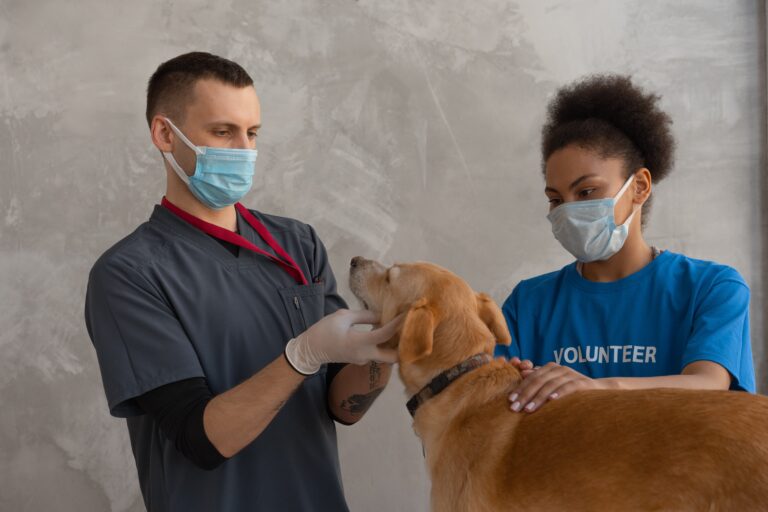Trupanion Coverage: Does It Include Spaying Services?
Trupanion pet insurance, renowned for its comprehensive coverage plans, raises a significant question among pet owners: Does Trupanion Pet Insurance Cover Spaying? This article seeks to clarify Trupanion’s stance on spaying services within their policies.
Understanding Trupanion’s Coverage
Trupanion offers a broad spectrum of coverage for pets, primarily focusing on support for unexpected illnesses and injuries. Typically, their policies encompass diagnostic tests, surgeries, hospital stays, and medications. Insurance policy covers unexpected illnesses and accidents, and spaying and neutering don’t fall under either category. That’s because spaying and neutering are predictable procedures and expenses. However, the coverage’s extent may vary, especially concerning spaying services for dogs and cats.
Spaying Services Under Trupanion
For Dogs
The coverage of spaying services for dogs under Trupanion is not universally consistent. While certain plans might offer this coverage, it largely depends on the specific details of the policy and the dog’s health condition.
For Cats
Similar to dogs, the coverage for spaying services in cats under Trupanion varies. Cat owners are advised to review their policy details or consult with Trupanion to fully understand the extent of the coverage provided.
Conditions and Limitations
Pet owners need to be aware of the specific conditions and limitations that Trupanion policies might have regarding spaying services to avoid unforeseen expenses.
Comparison with Other Pet Insurance Providers
In Canada, various pet insurance providers, such as Petsecure, Pets Plus Us, and Canada Pet Health Insurance, offer different levels of spaying service coverage. It’s crucial to compare Trupanion’s offerings with these providers to make an informed decision.
Trupanion’s Exclusions
Standard across most pet insurance providers, Trupanion’s policies typically exclude routine care, including vaccinations, focusing instead on unforeseen health issues.
FAQs
1. Is it worth Desexing a dog?
Desexing offers several health benefits, such as reduced cancer risks and elimination of uterine infections. However, the decision should consider the pet’s overall health and lifestyle.
2. What is the disadvantage of Desexing?
Post-desexing, pets face an increased risk of obesity. Managing diet and exercise is essential to prevent related health complications.
3. Do female dogs change after Desexing?
Desexing does not fundamentally alter a dog’s personality. However, hormonal changes post-procedure may result in behavioral adjustments.
4. Do female dogs pee more after being spayed?
Increased thirst and urination are common temporary side effects following spaying. It’s vital to monitor these for any signs of complications.
Conclusion
Understanding the specifics of Trupanion’s coverage for spaying services is essential for pet owners. Evaluating needs, comparing options, and choosing a policy that aligns with their pet’s health requirements is key.






